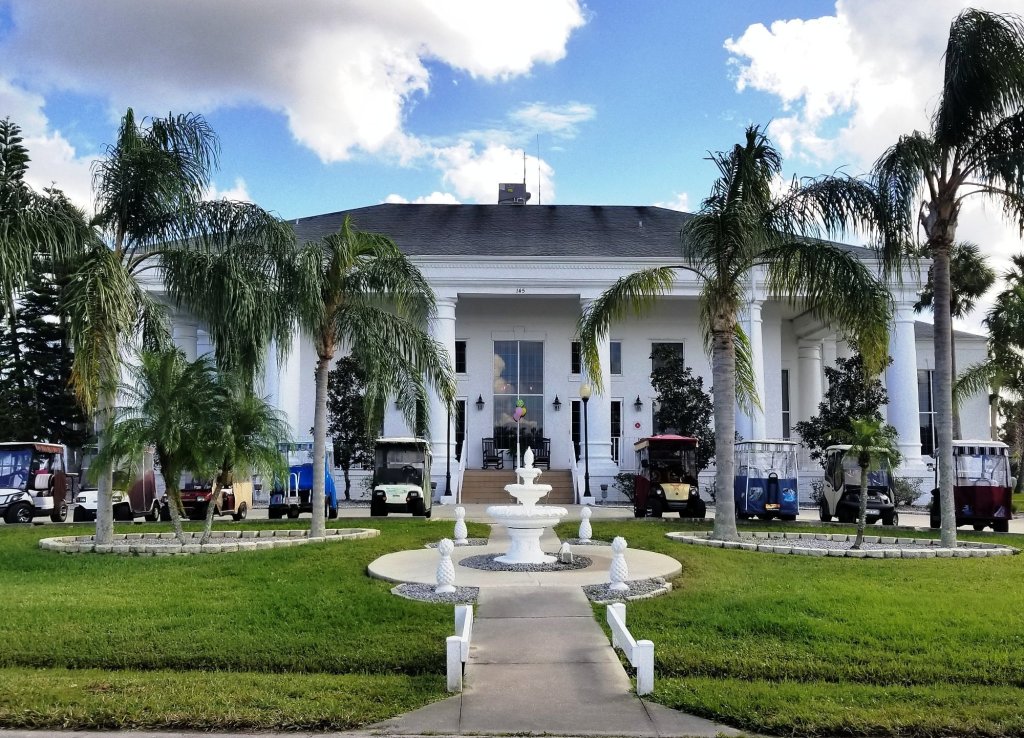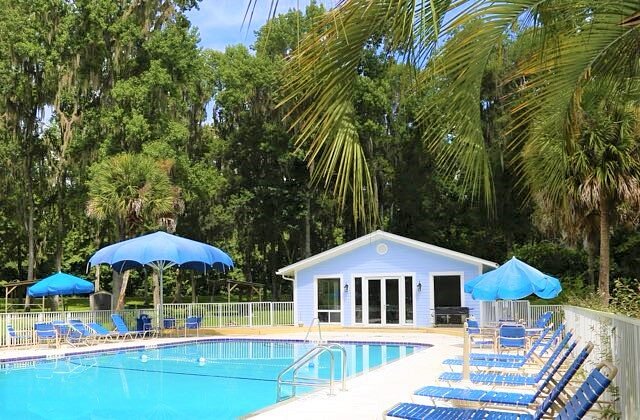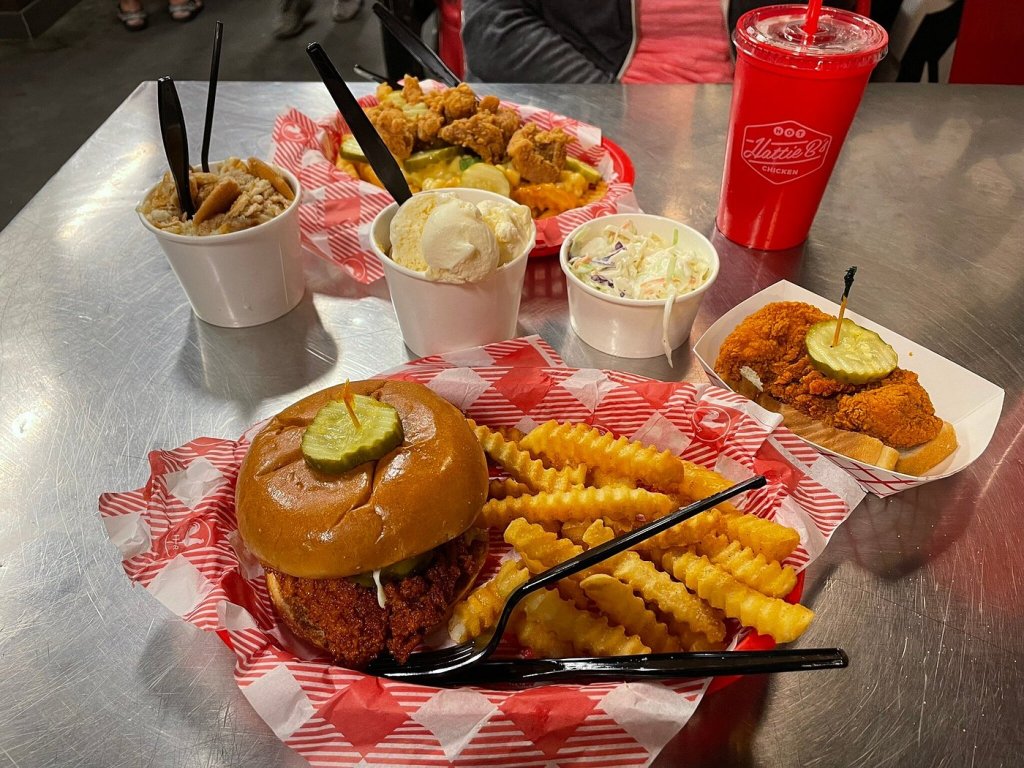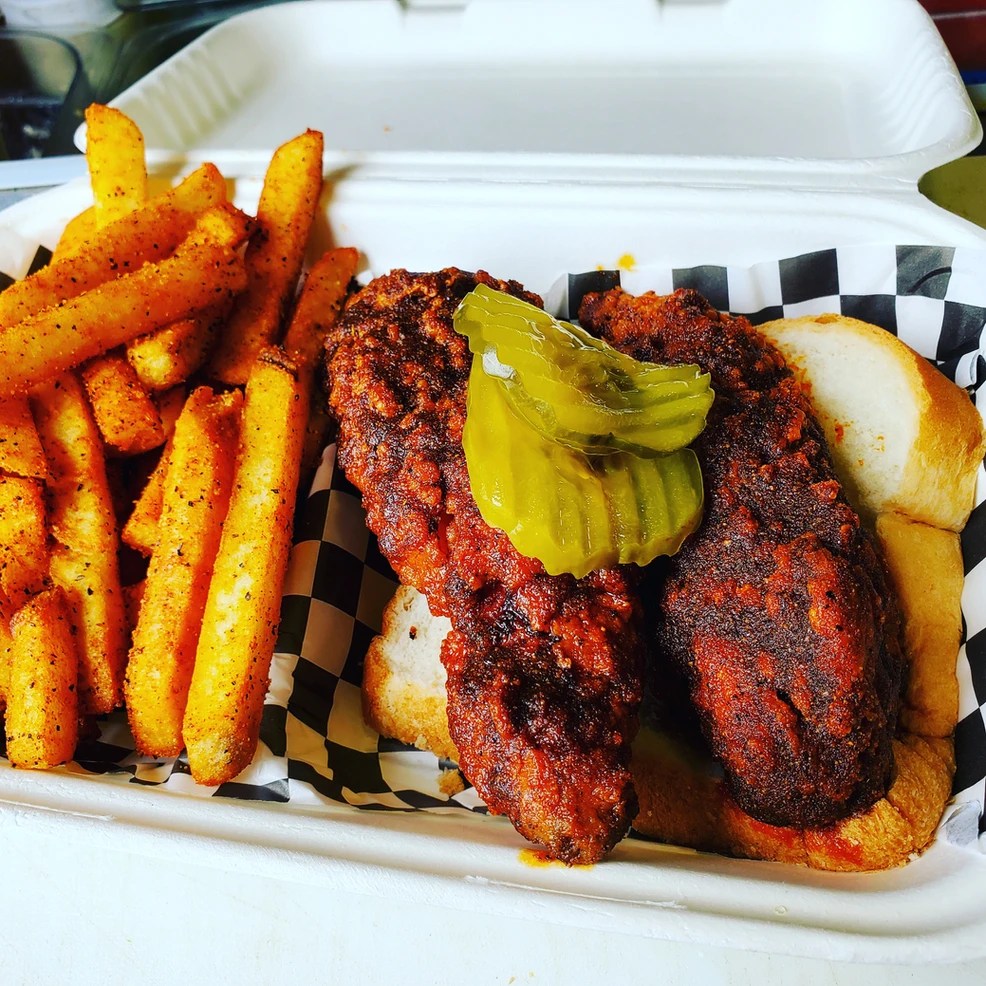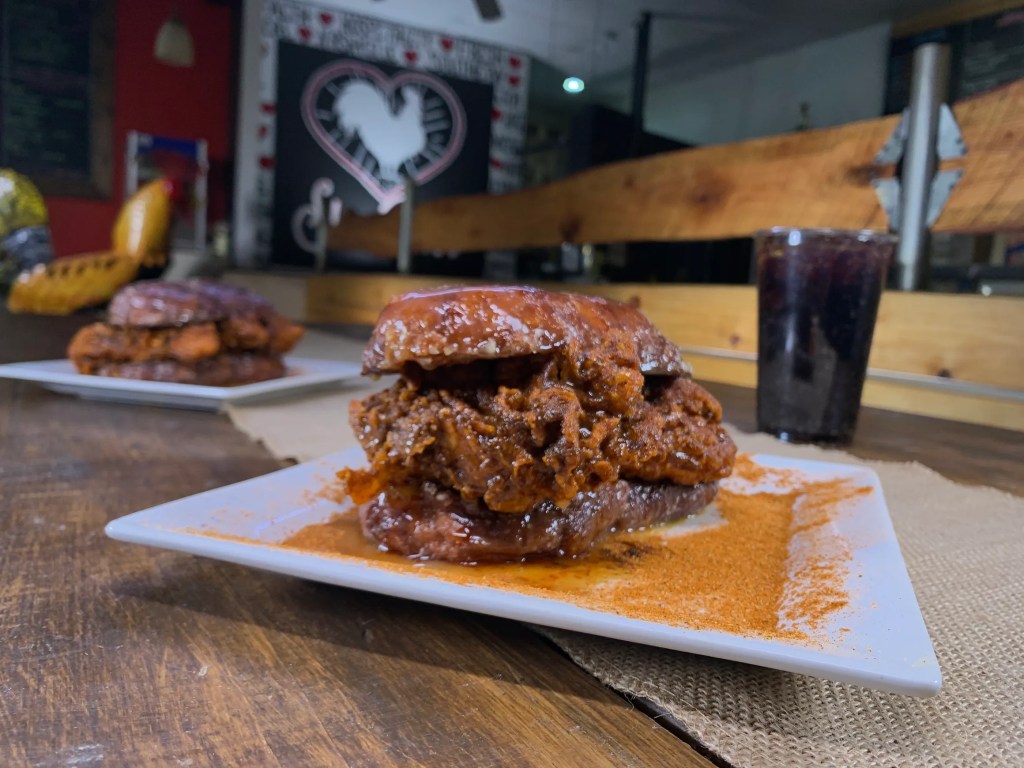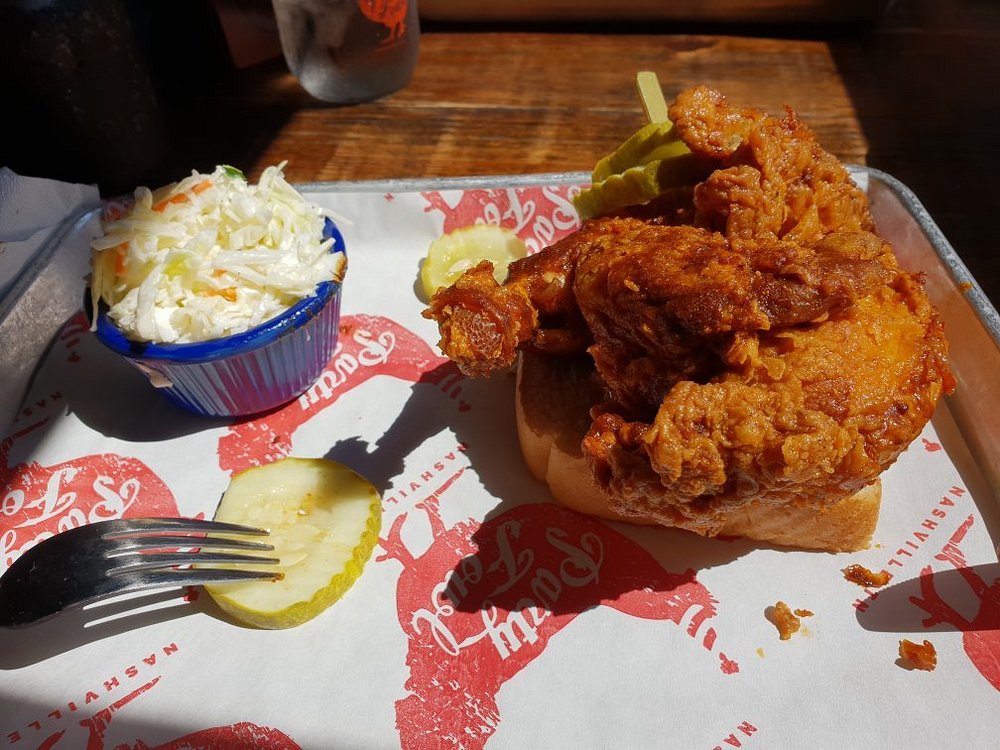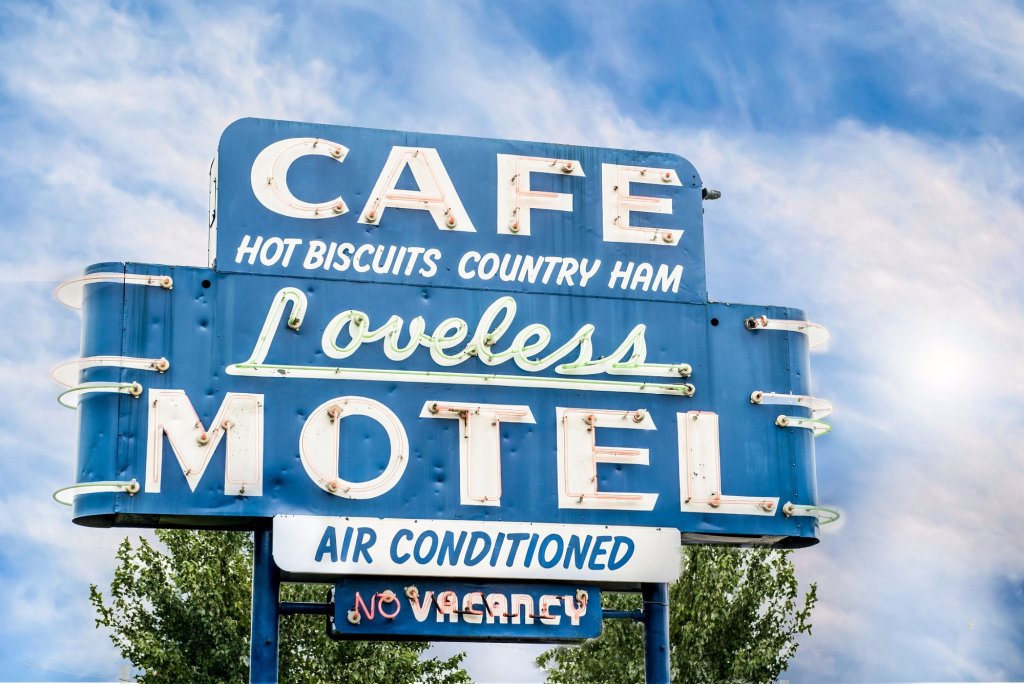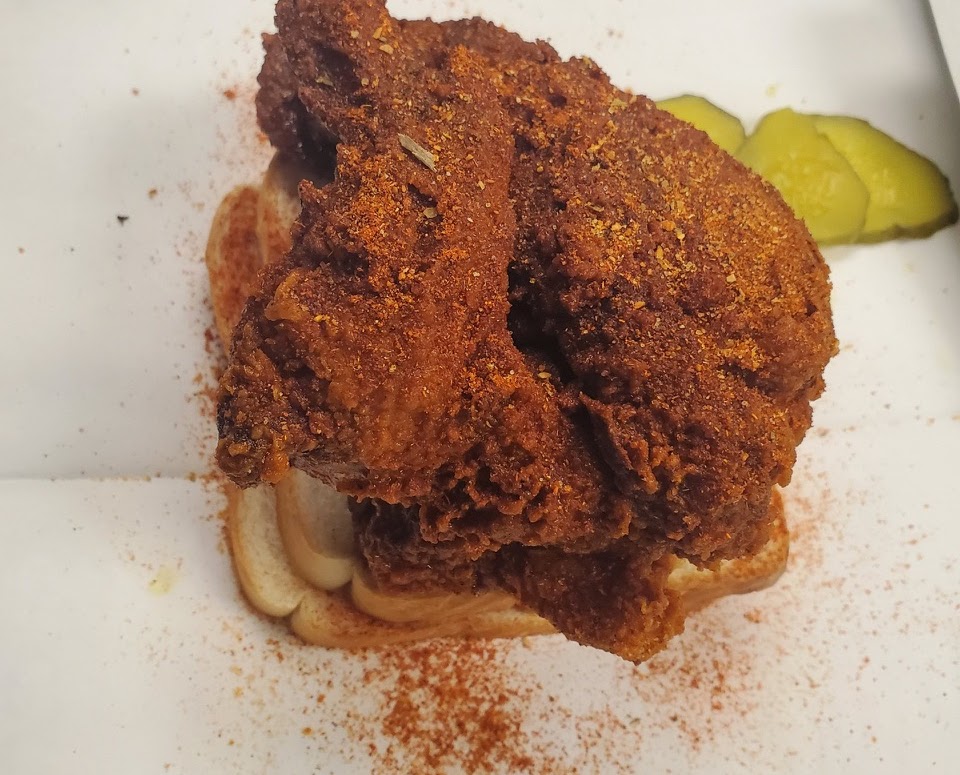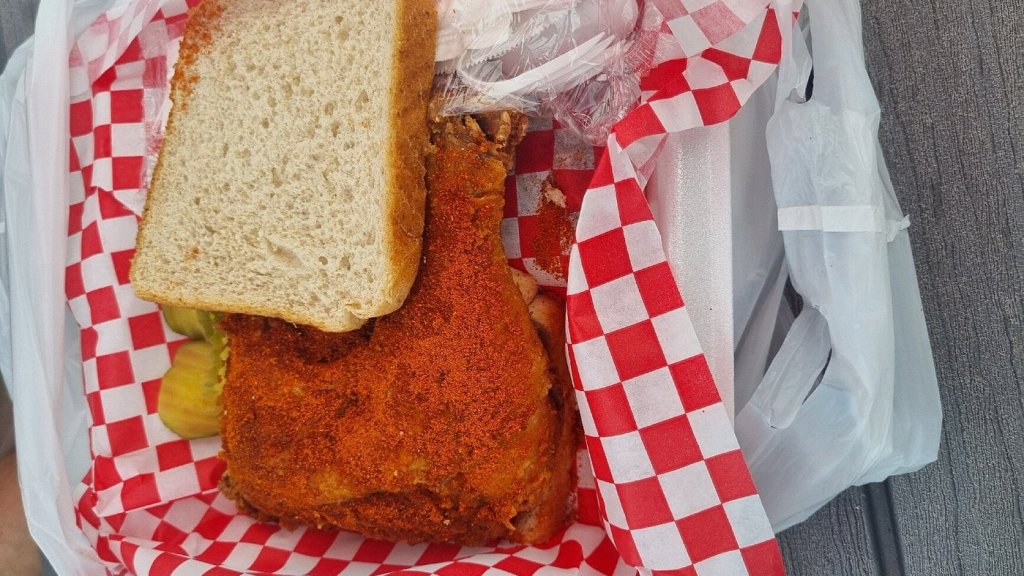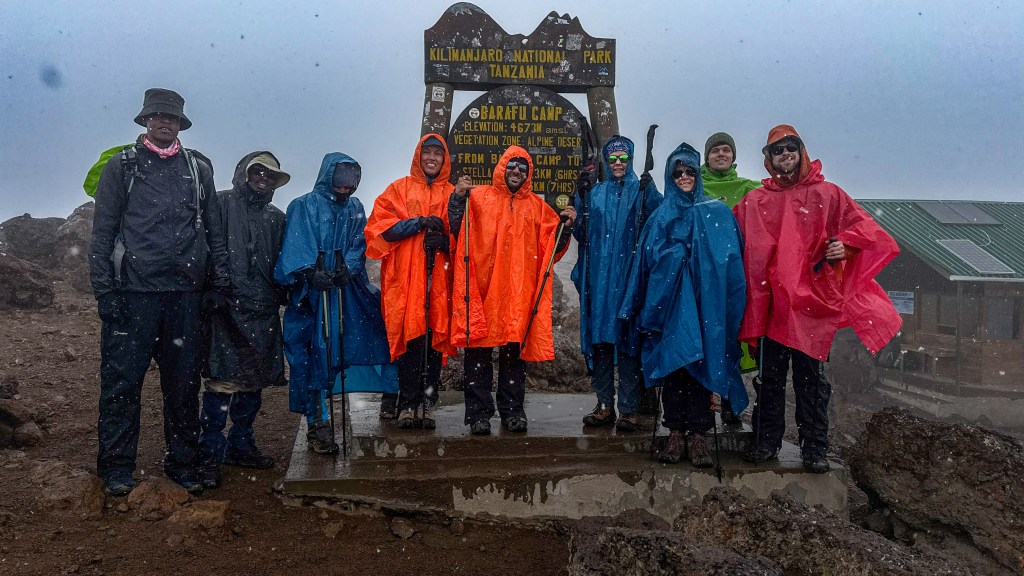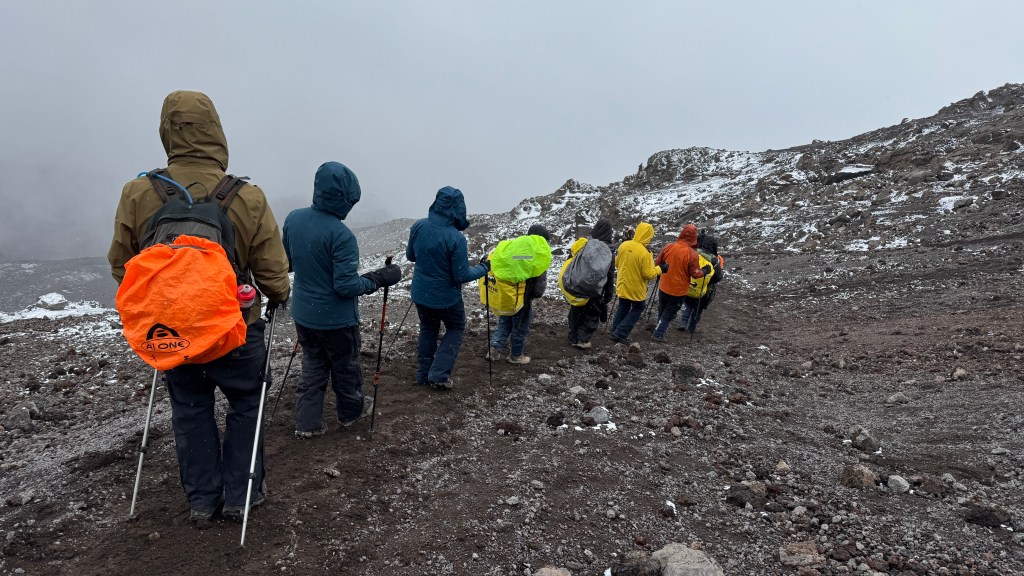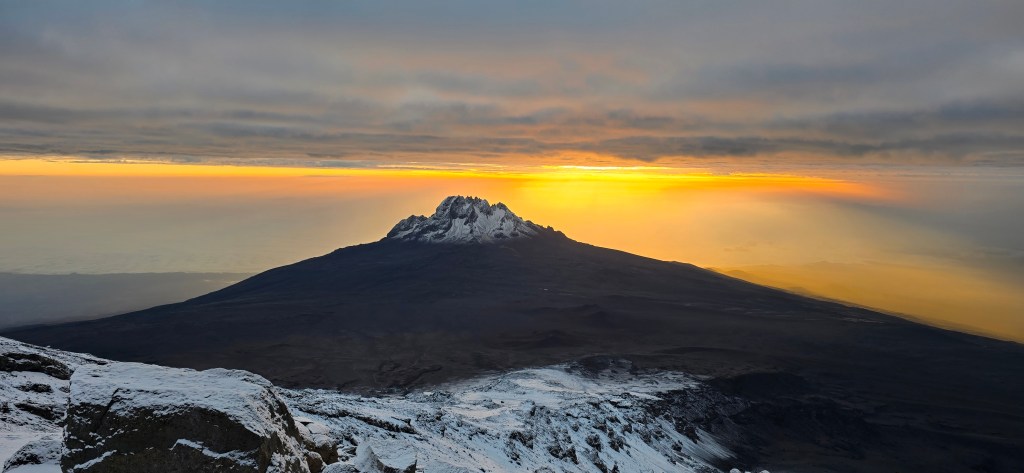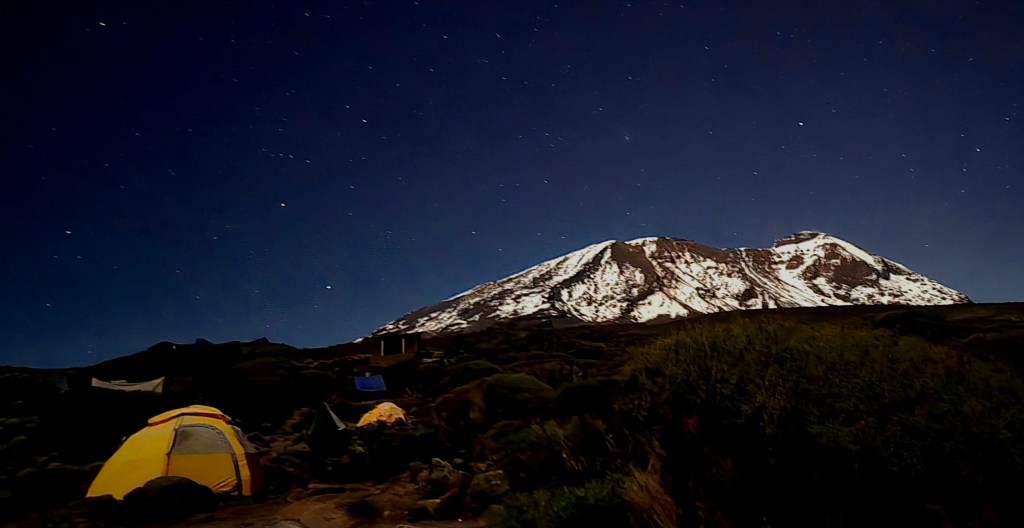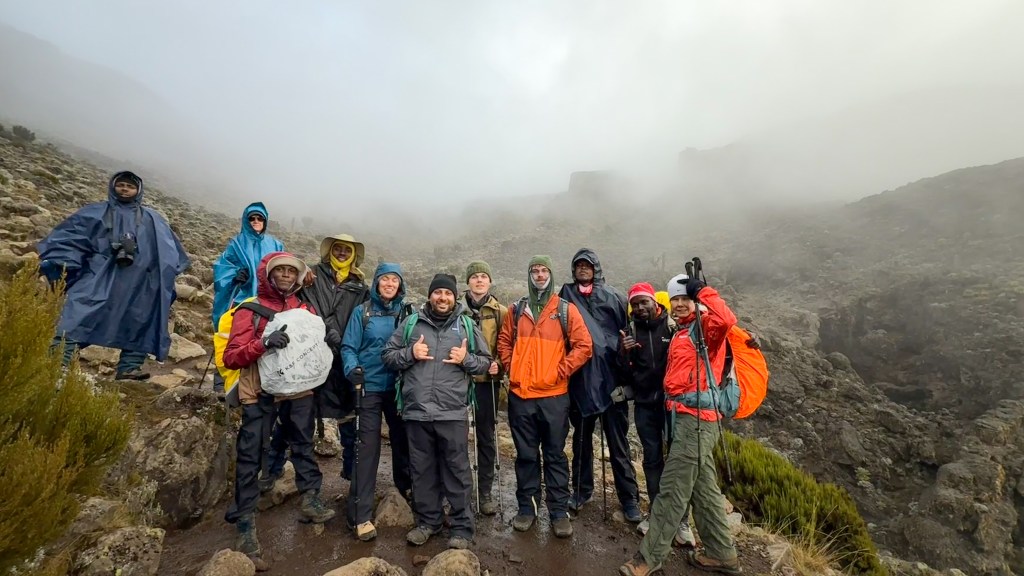Who doesn’t love a solid third-party travel site?
The world of tourism has boomed over the last two decades, and OTAs (or online travel agencies) can help hammer out all those necessary bookings.
With so many hotels, airlines, tours, museums, restaurants, galleries, concerts, and more to think about, planning a solid trip is like a part-time job. That’s even more important if you’re focused on savings as a budget traveler.
Travelers regularly book flights, hotels, and car rentals on third-party sites to save when it matters most.
The options keep expanding, too. For example, you can use Google Flights to find deals on Booking, Kayak, and more—or use those third-party sites to compare deals. You can take advantage of offers like Mystery Hotels, a new program from Priceline that lets you book upscale hotels at slashed prices… without revealing the name of the hotel, of course.
It’s a layered, complex game at this point.
And if you know how to use third-party sites to your full advantage, you’re probably saving a few hundred dollars each trip.
That being said, more and more travelers are switching over to the Book Directly Club. That’s an informal name I came up with to describe the thousands of travelers who are sick of missed reservations, failed refunds, and other mishaps that can happen when using third-party sites.
If you’ve been burned by a third-party booking, it might be time to try something new. These are the five main benefits of booking direct with airlines, hotels, and more.
5 benefits of booking direct for travel
1. It’s much, much harder for reservations to disappear
The last time I booked on Kayak, my reservation disappeared. Luckily, I noticed the mixup about a week after the booking. It gave me plenty of time to find another solution; additionally, I hadn’t been charged for the transaction, so it was an easy fix.
Still, it was an alarming experience that made me wonder… does this happen to other travelers? Since then, I’ve double- and triple-checked my reservations when using third-party sites. I’m not alone in this.
Many travelers who use third-party sites with great success recommend checking on those reservations right after booking, one week before the trip, and one day before the trip. If you want to skip the double-checking, book directly.
2. Customer service is (usually) more efficient
I haven’t had any trouble getting ahold of customer service teams at third-party sites. Any time I’ve had a problem with my booking on an OTA, I’ve been able to call a customer service agent easily.
That being said, my experiences with customer service have universally been more streamlined and efficient when there isn’t a third-party site involved.
Again, that’s not because customer support teams aren’t up for the challenge of helping me fix my sordid booking affairs—it’s because OTAs are much more limited in the scope of help they can offer.
That’s because third parties don’t hold the keys to the castle, so to speak; what they can accomplish is dictated by the airline, hotel group, and other companies they collaborate with. And those companies would rather you book directly with them.
3. Bookings are flexible—and special requests are (usually) honored
The most impactful benefit (for me) when booking directly is flexibility. Once again, third-party sites are only able to offer a basic booking service, but when you make a reservation or purchase tickets with a company directly, they’re more able to meet your demands.
That’s important for last-minute changes to reservations, along with special requests. Even if an airline, for example, can’t offer you a refund, they can probably give you flight credits for the same amount that you paid for the flight—which you can use to rebook the flight yourself.
With hotels, you might have special requests like room placements. I’m sure any concierge will try to find you the right room regardless of where you made the reservation—but if there are limitations, those who book directly (and especially loyal travelers) get those perks first.
4. Prices might actually be lower when booking directly
Here’s the real kicker: sometimes, flights and room rates are cheaper directly at a hotel. Unfortunately, that might not be clear at the outset. OTAs are known for listing low prices that quietly become higher as you complete the transaction.
That’s not the case for the vast majority of direct bookings. For this reason, I always recommend comparing the prices listed directly on websites with the final price you see on a third-party site. Beware of the hike!
5. You can reap the benefits of a loyalty program
You don’t need to join a loyalty program off the bat. I joined a few programs over the last year but have yet to reap the rewards, so to speak.
And, to be fair, reaping those bonus points and offers isn’t really on my radar compared to the other benefits of booking direct. My ultimate goal is to pay a reasonable price for a sound, reliable service.
That being said, those who book directly can easily join a loyalty program that doesn’t require any new credit card accounts. Over time, those points will accrue—even if you don’t travel that often.
In other words, you’ll have a slowly building set of points that might pay off in the future. Even if they don’t, you haven’t sacrificed anything to build them up.
